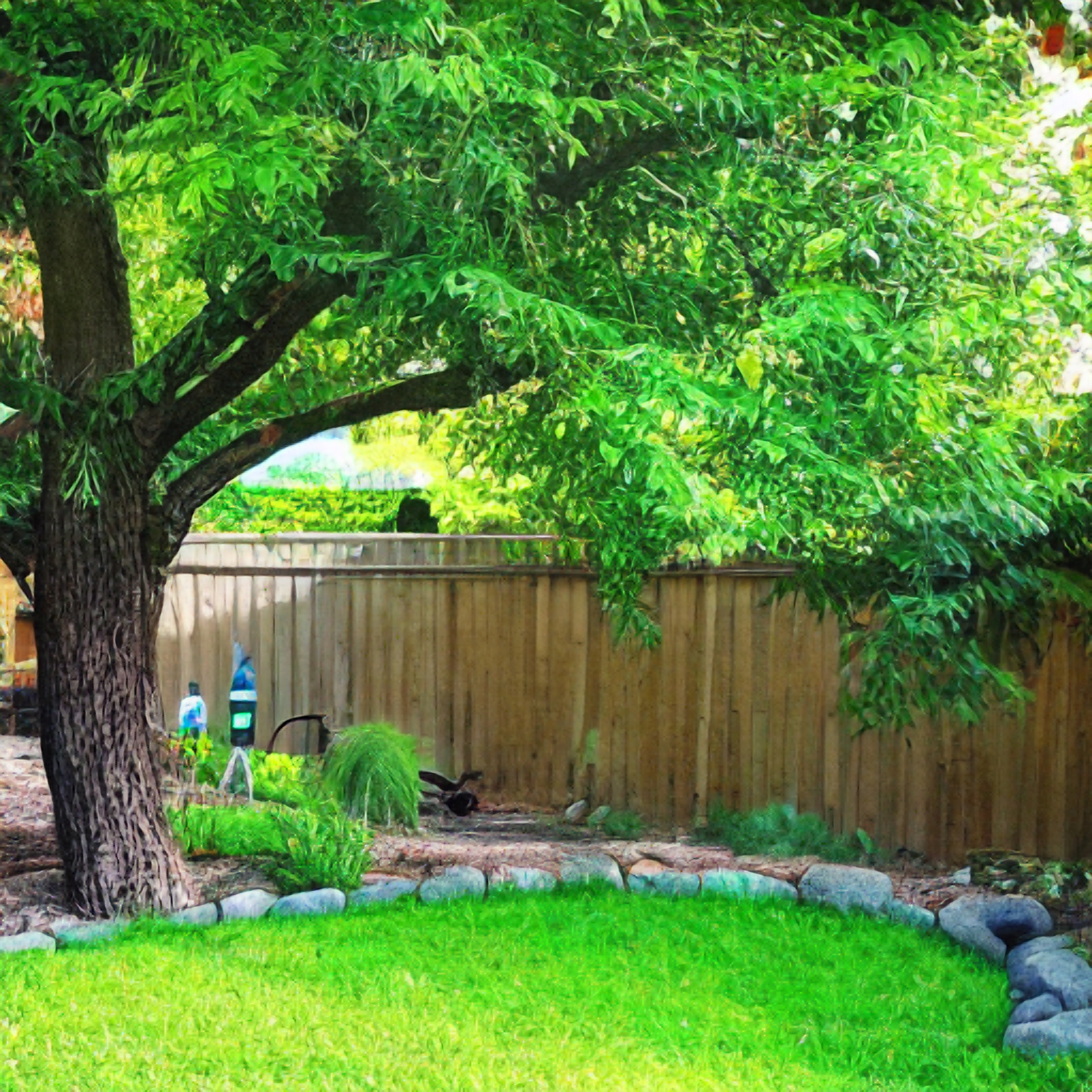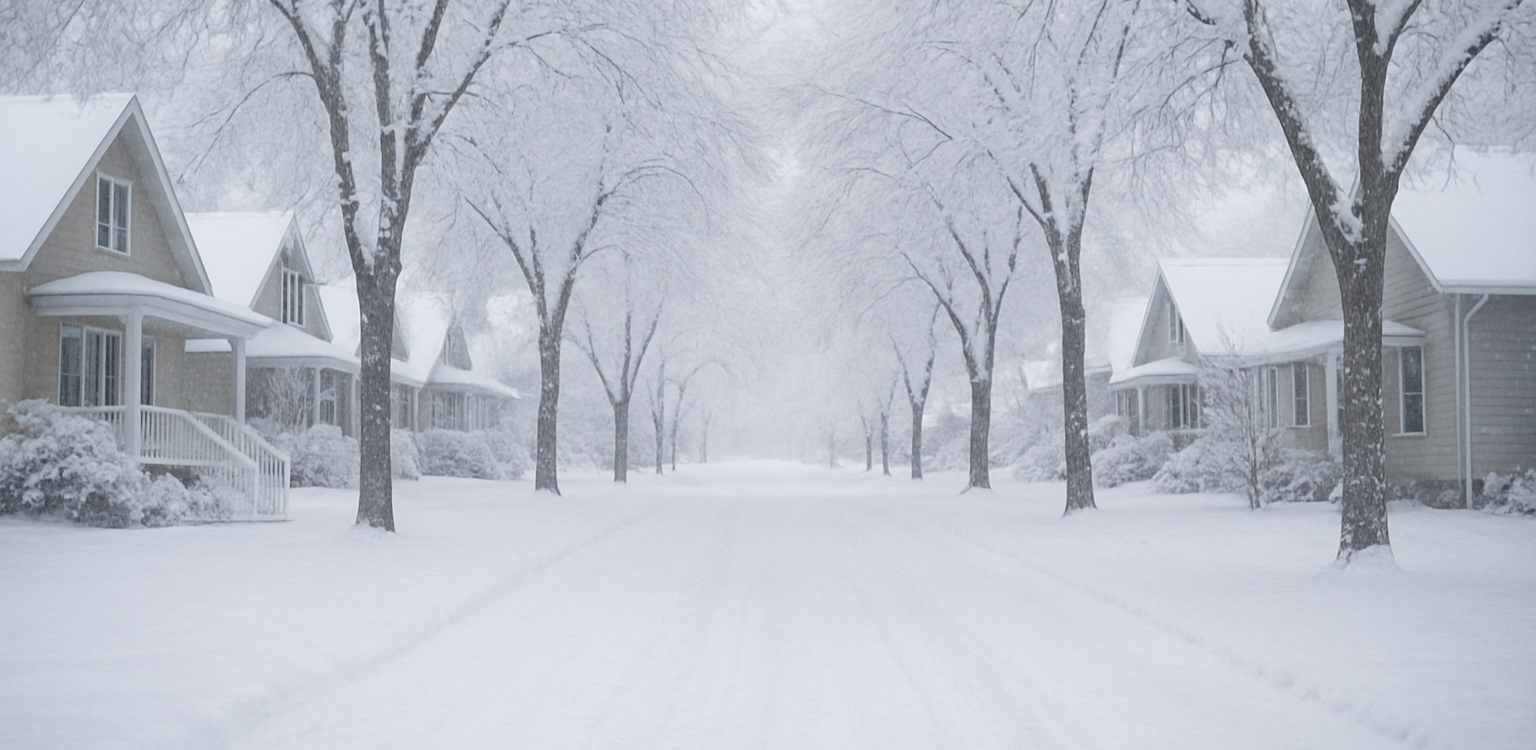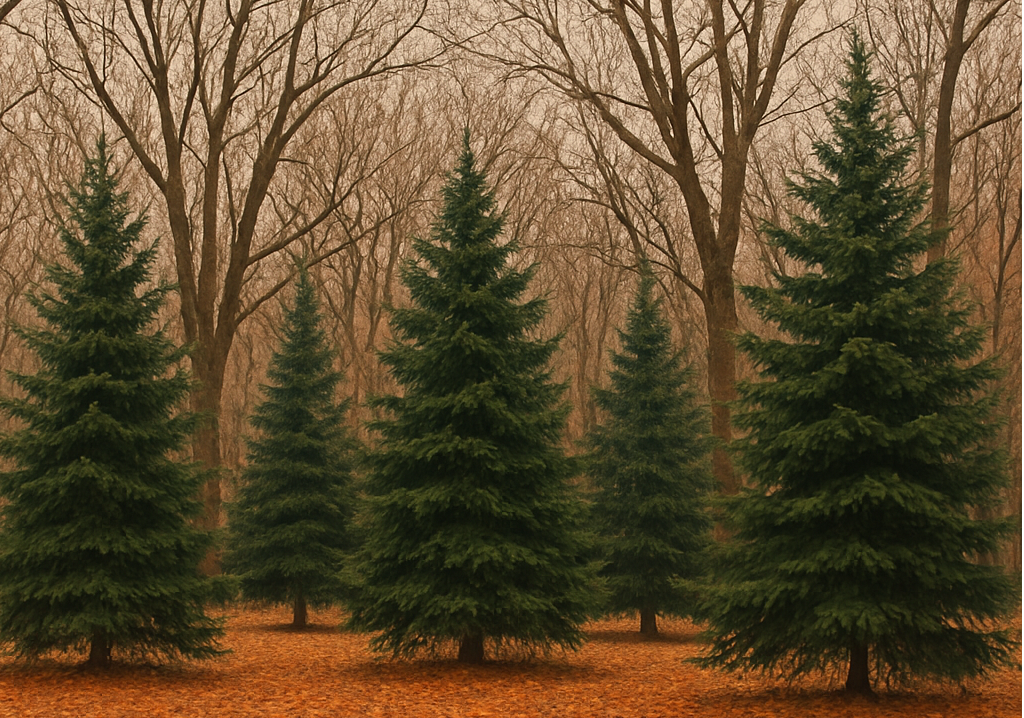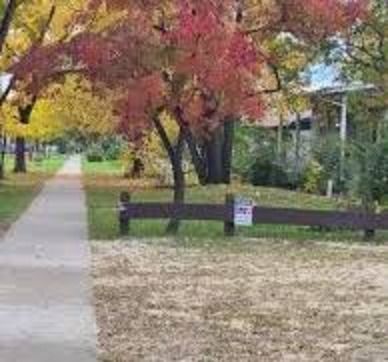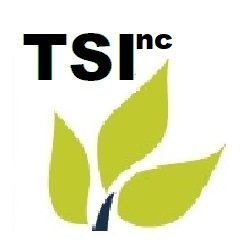Seasonal Tree Care for Spring: A Checklist for Essential Maintenance
Trevor Soltys & Paul Kasper
Spring is a time of renewal, and just like your garden and landscape, your trees need special attention as they come back to life after winter. Proper tree care in the spring ensures healthy growth, prevents potential hazards, and enhances the beauty of your outdoor space. Here’s a guide to essential spring tree maintenance tasks that will keep your trees thriving all year long.
Why Spring Tree Care is Important
During winter, trees endure harsh weather conditions, which can cause stress, broken branches, or disease. As temperatures rise and new growth begins, spring is the perfect time to assess and address any damage while preparing your trees for the growing season. Regular maintenance helps prevent long-term issues and promotes strong, healthy trees that can withstand seasonal changes.
Essential Spring Tree Maintenance Checklist
1. Inspect Trees for Winter Damage
Begin your spring tree care by inspecting your trees for signs of damage, including broken branches, cracks, or signs of disease. Look for dead or weak limbs that may need pruning to prevent hazards.
2. Prune Dead or Damaged Branches
Spring is an excellent time for light pruning. Remove dead, broken, or diseased branches to encourage healthy growth and prevent further damage. Be cautious with flowering trees—prune them after they bloom to avoid cutting off buds.
3. Check for Pests and Diseases
As temperatures warm up, insects and tree diseases become more active. Look for signs such as holes in leaves, discolored foliage, or unusual growths. If you notice any potential issues, consult an arborist or tree care professional for appropriate treatments.
4. Mulch Around Trees
Applying a fresh layer of mulch around the base of your trees helps retain moisture, regulate soil temperature, and reduce weed growth. Use organic mulch like wood chips or shredded bark, and apply it in a 2-4 inch layer, keeping it a few inches away from the trunk to prevent rot.
5. Fertilize for Healthy Growth
Spring is a great time to provide your trees with the nutrients they need for the growing season. Use a slow-release fertilizer to promote strong root development and overall health. Be sure to choose the right fertilizer based on your tree species and soil conditions.
6. Water as Needed
While spring often brings rain, newly planted trees and those recovering from winter stress may need additional watering. Ensure trees receive deep, consistent watering, especially during dry periods, to help establish strong root systems.
7. Remove Weeds and Competing Plants
Weeds and other plants can compete with trees for nutrients and water. Keep the area around your tree bases clear of unwanted vegetation to reduce competition and ensure optimal growth.
8. Assess Structural Stability
Check for leaning trees, exposed roots, or weak branches that may pose a risk to property or people. If you notice potential hazards, contact a professional tree service for an assessment and corrective action.
9. Plan for New Tree Planting
If you’re looking to add new trees to your landscape, spring is an ideal time for planting. Choose species that are well-suited to your region and soil conditions, and follow proper planting techniques to ensure their success.
10. Schedule a Professional Tree Inspection
For optimal tree health and safety, consider scheduling an inspection with a certified arborist. A professional can provide expert advice, diagnose potential issues, and offer solutions to keep your trees in top condition.
Keep Your Trees Healthy Year-Round
Spring tree care is essential for maintaining strong, beautiful trees that enhance your landscape. By following this checklist, you can help your trees recover from winter, prevent future problems, and set them up for a season of healthy growth. If you need assistance with tree maintenance, pruning, or inspections, consider reaching out to a professional tree service to ensure your trees get the best care possible.
Stay proactive this spring and give your trees the attention they deserve!
